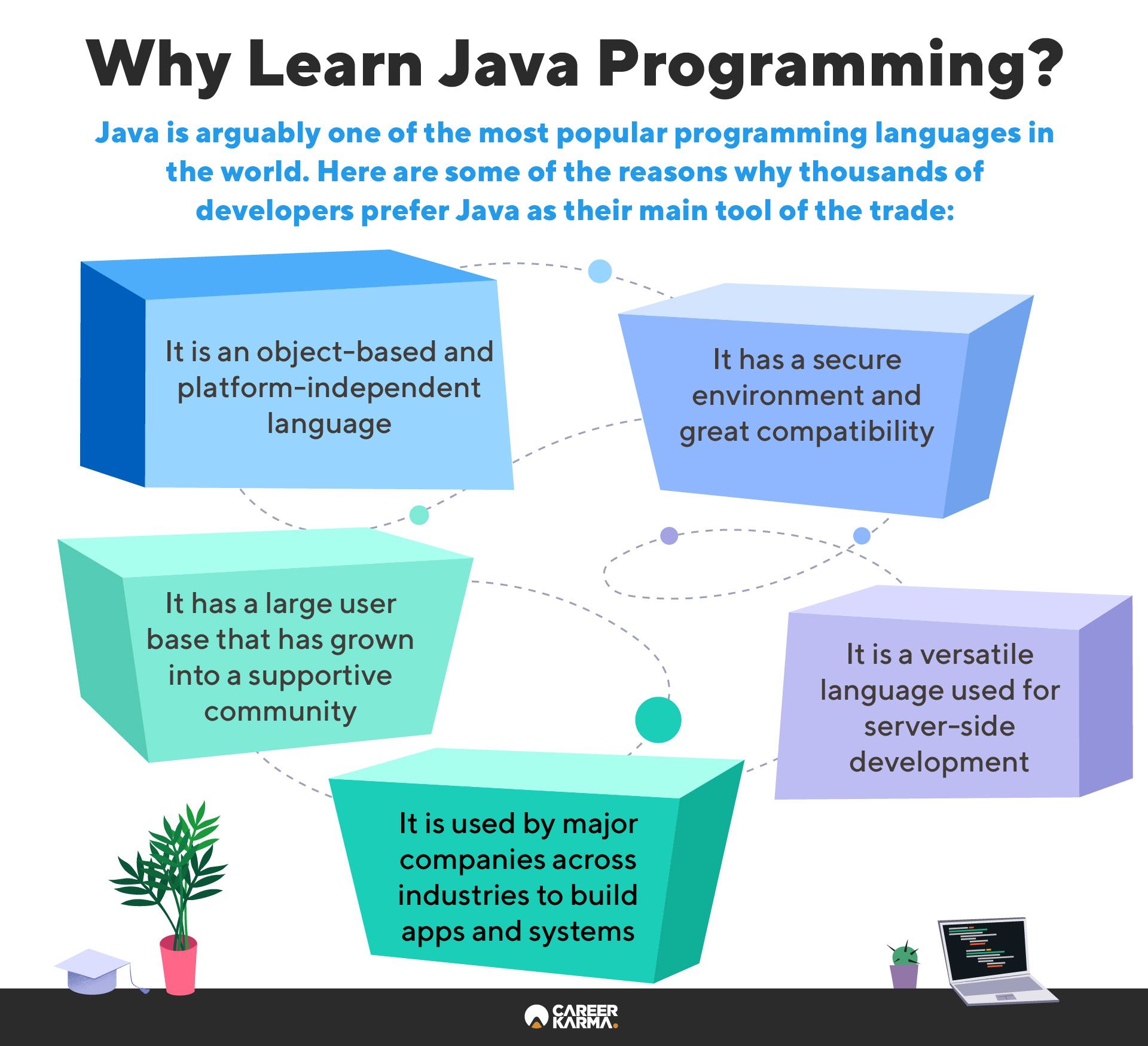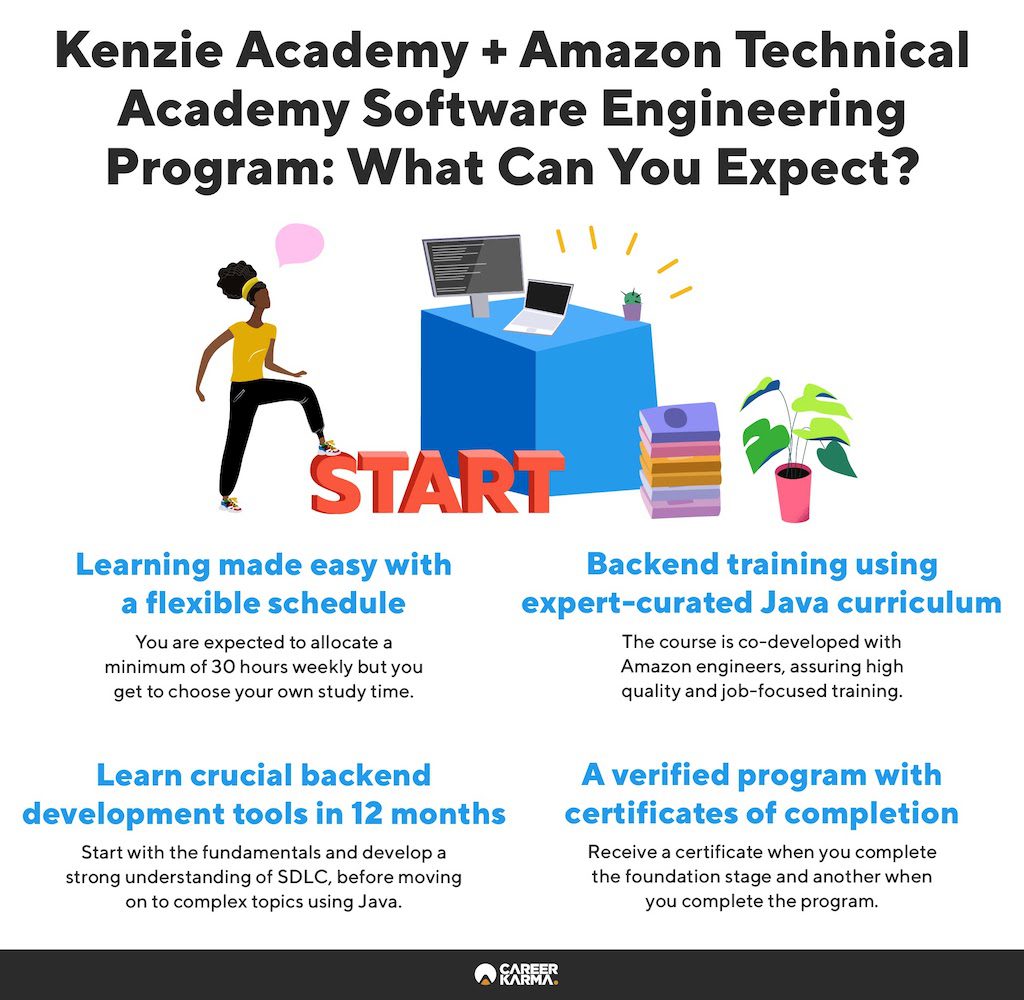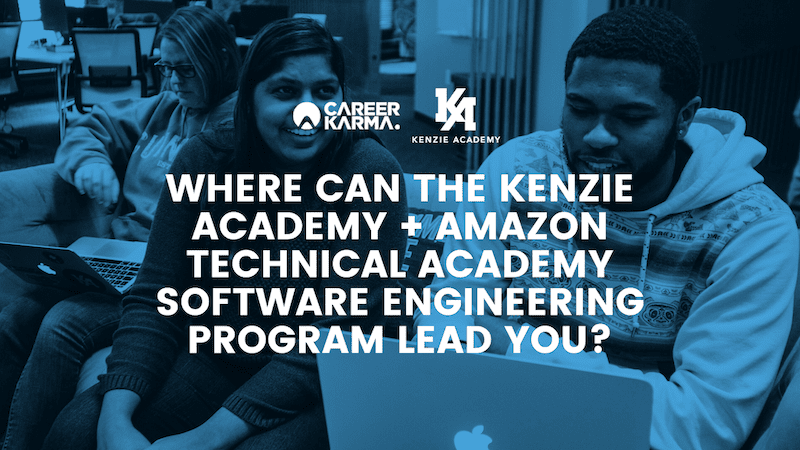If you’re looking to start a career in programming and engineering, three different but vital roles await you: front end developer, backend developer, and full stack developer. The training and skill set required for each role are relatively different, although there may be some overlap. These differences lead to contrasting long-term career prospects that you should consider when you step into the doors of programming.
In a nutshell, a front end developer creates a functional user experience by managing the front-facing aspect of websites. A backend developer is responsible for the server, application code, website data structures, and associated apps. Lastly, a full stack developer is trained in both front and backend technologies, capable of overseeing all aspects of development.
In terms of compensation, a backend developer has the highest average salary among the three positions. Job search site, Indeed, reports that the average salary of a backend developer in the U.S. stands at $120,500. This is higher than the average salaries of full stack developers at $107,248 and front end developers at $105,491.
If a backend developer role sounds attractive to you, Kenzie Academy’s Software Engineering Program with Backend Java Specialization, which was co-developed with the Amazon Technical Academy, can get you there.
Kenzie Academy and Amazon Technical Academy co-developed and offer a 12-month Software Engineering Program with a specialization in Java.
Apply to Kenzie Academy today.Java vs JavaScript: What’s the Difference?
Before getting into the course details, let’s take a closer look at one crucial aspect that the course focuses on—Java.
Many non-tech people unfamiliar with programming terms assume that Java and JavaScript mean the same thing, with some confusing Java as a shorthand for JavaScript. However, these are two distinct programming languages with different uses and functionalities. With Kenzie Academy’s Software Engineering course, learners will be exposed to Java.
Java

First released in 1995, Java was invented by James Gosling and developed by Sun Microsystems. Java is an object-based, class-based, general-purpose programming language, considered to be one of the best programming languages because of its secure environment and ability to run across various platforms.
Ever since its launch, Java has gained an immense user base, particularly among backend developers. Many major companies in banking, the retail sector, and utilities use Java today to build applications and backend systems. Large enterprises often hire a Java developer to build custom-tailored web applications.
JavaScript
In 1990, Brendan Eich was a developer working at Netscape and he created a programming language that could instruct a computer to interact with the user upon receiving user input. Today, JavaScript is among the most popular programming languages, known as the standard programming language of the web, and is used to make web apps more creative and interactive.
Some report that Java is the most used programming language. Others report that JavaScript is the most popular programming language. One thing’s for sure, Java and JavaScript have their own unique characteristics, and the world’s top tech companies use both.
In backend development specifically, Java remains one of the most widely used programming languages. Companies like Amazon, Google, and Spotify use Java for their product backend development. If you want to get through the doors of these companies, Kenzie Academy’s new Software Engineering program might be right for you.
Kenzie Academy’s Software Engineering Program with Amazon Technical Academy: Curriculum Overview

Two factors set Kenzie Academy apart from other bootcamps: quality and affordability. The coding bootcamp offers high-quality programs centered on workplace readiness. Because Kenzie is committed to affordability, students also have various payment options.
Its latest course offering is Software Engineering Program with Backend Java Specialization in collaboration with Amazon Technical Academy (ATA). Amazon has been offering ATA to its internal employees allowing them to upskill and reskill themselves and transition into more promising positions. Now, ATA is looking to vendors such as Kenzie Academy to expand its audience and create a more diverse talent pipeline.
This course is fully online, with no fixed schedules, and suitable for students who have other responsibilities. A Kenzie advisor will work closely with a student to create a customized learning plan that fits their needs. Students should be ready to spend 30 to 40 hours a week on the program.
The course is co-developed with Amazon engineers, assuring the real-world relevance and high quality of the program. It will train students to work as backend engineers and teach software engineering best practices, advanced backend Java development, and Cloud Architecture.
The first three months of the course focus on building students’ software engineering foundations. This time will be spent on learning foundational programming concepts including logic and conditionals, statistics and math, strings, loops, and functions, among others. Students will also learn how to develop object-oriented applications in Java using class diagrams and how to design and utilize data structures.
After Month 3, students will earn a Software Engineering Foundations certificate.
Months 4 to 12 of the course will dive deeper into software engineering, focusing on backend programming using Java. Students will learn how to develop programs using advanced Java concepts including memory management, streams, optionals, and primitive wrapper classes.
This time will also be spent on learning how to develop software within an agile environment using scrum technology. The course will require students to create hands-on projects modeled after real-world applications. Students will also understand the software development life cycle and the possible role they can play within an engineering organization.
When the student completes Month 12, they receive a Software Engineering with Backend Java certificate and graduate with a portfolio of job-relevant projects. They will also have a code-base on Github, which is invaluable during a job search.
Students who graduate from Kenzie Academy’s ATA program can secure an entry-level software developer engineer position at Amazon without a four-year computer science degree. It is important to note that graduating from this course does not guarantee a job at Amazon, but qualifies graduates to apply. Students will also be fully prepared and qualified to work in and develop enterprise systems in other organizations and tech companies.
Career Paths to Expect After Kenzie Academy’s Software Engineering Program with Amazon
Kenzie Academy’s Software Engineering Program fully prepares students for a career in software engineering, specifically as a backend developer. They also leave with a strong foundation in Java and can apply as a Java developer.
Aside from qualifying as an entry-level Amazon software developer engineer, there are several other tech roles that fit the profile of course graduates:
- Software Developer in Test
- Quality Assurance (QA)
- Project Manager
- Product Manager
- Sales Engineer
- AWS DevOps Engineer
These are just among the many career opportunities that are open to graduates of the program. If you want to build a strong foundation in software engineering, gain the skills needed to work as a backend developer, and have the chance to work at Amazon, this course may be right for you.
A fulfilling career as a backend developer is within your reach with Kenzie Academy’s Software Engineering Program. Click here to apply at Kenzie Academy.
About us: Career Karma is a platform designed to help job seekers find, research, and connect with job training programs to advance their careers. Learn about the CK publication.




